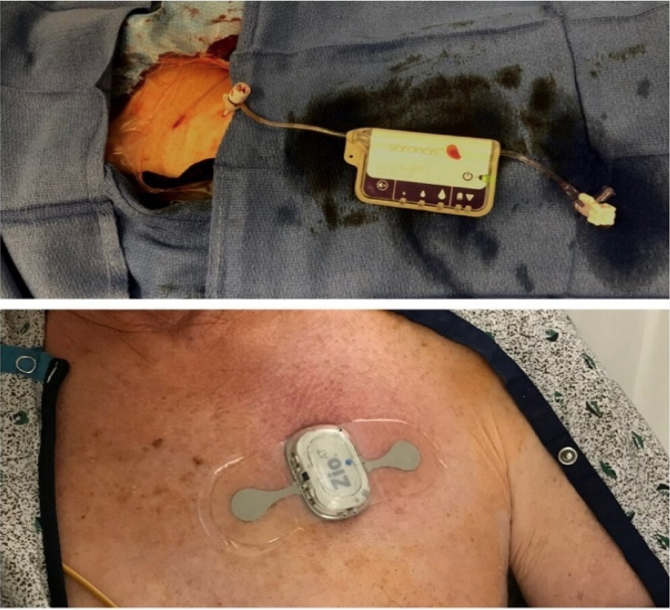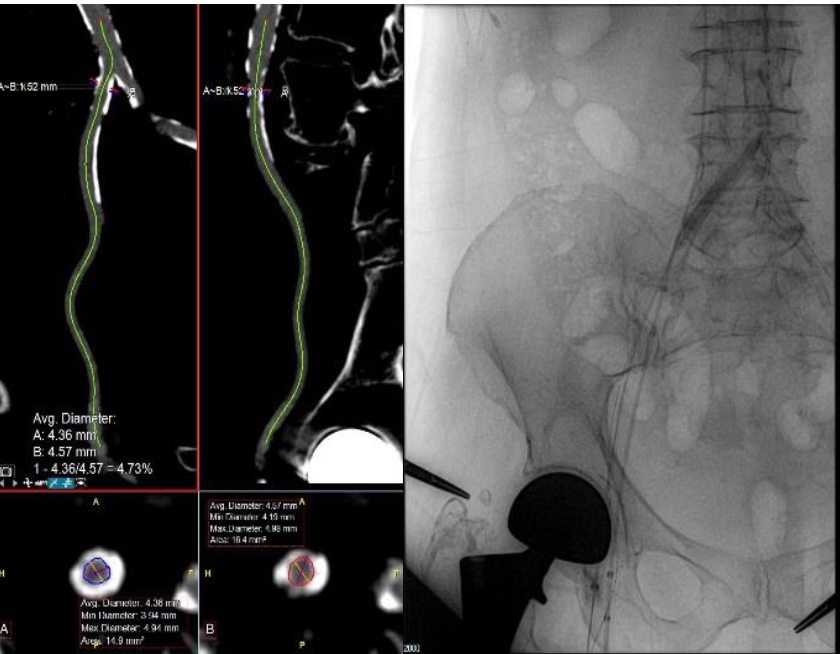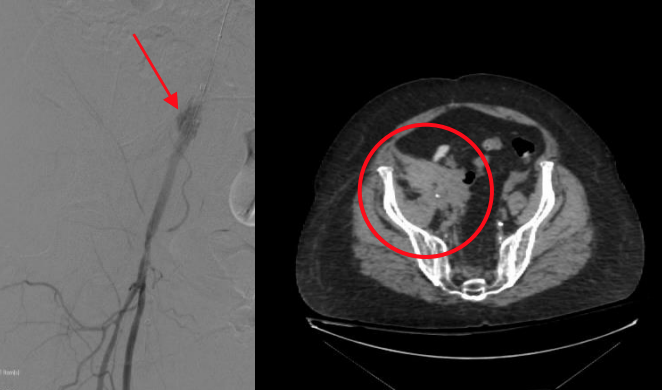Full TAVR
Utilizing Adjunctive Technologies For Same-Day Discharge Post TAVR
Philippe Généreux, MD – Morristown Medical Center

Background
- Patients undergoing TAVR procedures may be candidates for early or same-day discharge if certain criteria are met including no intraprocedural bleeding complications1.
- COVID-19 has resulted in a surge of ICU admissions that has stressed ICU resources within hospital systems, limiting bed capacity.
- Providers seek objective metrics to confirm safety of patient disposition for early discharge.
- The Early Bird® Bleed Monitoring System provides assurance to clinicians that no intra and post- procedural bleeding events occur for a patient vulnerable to bleeding complications.
- The Zio® (iRhythm® Technologies, Inc.) is a wearable heart monitor that attaches to the patient’s chest for a period of up to 14 days.
Case
- 69-year-old male
- TAVR procedure incorporating the Zio patch and the Early Bird
- Patient is a candidate for same-day discharge given that there is no detection of bleeding by the Early Bird
Results
- Following successful TAVR procedure, the Early Bird remained activated for post-procedure monitoring.
- With no identified procedural complications and no bleed notifications from the Early Bird, the patient was safely discharged on the same day.
- The Zio patch remained on the patient for 2 weeks to monitor conduction disturbances.
- The patient was out on the golf course 2 days following the procedure.
Discussion Points
Integration of adjunctive technologies, such as the Early Bird and Zio, may make early or same-day discharge following a TAVR procedure feasible.
Incorporation of a risk-stratified same-day discharge TAVR algorithm has the potential to ease patient disposition and satisfaction, while reducing hospital resource utilization and ICU burden.
1 Généreux P et al. Catheterization and Cardiovascular Interventions 87:980-982, 2016.
Intravascular Lithotripsy In Calcified Vessels For High-Risk Bleeding Patients
Philippe Généreux, MD – Morristown Medical Center

Background
TAVR pre-procedural planning allows physicians to identify which patients are at greater risk for bleeding complications.
Case
- 85-year-old female, frail (BMI 19), severe AS, small vessels, circumferential calcium, high bifurcation
- Transfemoral Transcatheter Aortic Valve Replacement
- Medtronic EVOLUTTM PRO 26mm (16F) in right femoral artery
- Shockwave IVL (7F) in right external iliac and right common iliac artery with Saranas Early Bird Bleed Monitoring System (6F) in ipsilateral vein for intra and post-procedure surveillance
Results
- Multiple Shockwave lithotripsy treatments under Early Bird surveillance allowed valve deployment catheter to be inserted without vessel damage.
- The Early Bird Bleed Monitoring System remained activated for post-procedure monitoring.
- Patient was transferred to recovery area C- PACU with no indication of bleeding per Early Bird. The Early Bird was removed four hours post-procedure and patient was sent to the floor given great evaluation.
Discussion Points
Bleed monitoring during IVL with Shockwave is possible with the Early Bird.
The Early Bird Bleed Monitoring System provides assurance to clinicians that no intra and post-procedural bleeding events occur for a patient vulnerable to bleeding complications.
TAVR Surveillance With Early Bird® Bleed Monitoring System
Philippe Généreux, MD – Morristown Medical Center

Background
The Early Bird Bleed Monitoring System detects internal bleeding complications, enabling physicians to mitigate downstream consequences by immediately addressing the bleed.
Case
- 73-year-old female, obese (BMI 40), chronic steroids use
- Transfemoral Transcatheter Aortic Valve Replacement
- Medtronic EVOLUTTM PRO 29mm (16F) in right femoral artery
- Saranas Early Bird Bleed Monitoring System (6F) in ipsilateral vein for post- procedure surveillance
Results
- Once valve was deployed and large-bore catheter removed, immediate Level 1 notification on Early Bird Bleed Monitoring System.
- Bleeding in iliac artery confirmed by angiography and retroperitoneal bleed confirmed by CT.
- Immediate balloon tamponade performed prior to closure.
- No transfusions were required. Patient was discharged on day 3.
Discussion Points
The Early Bird Bleed Monitoring System allowed for the early detection and intervention to prevent a retroperitoneal bleed from progressing during TAVR procedure.
Post- procedure monitoring in the hours following closure confirmed there was no further progression of the bleed.